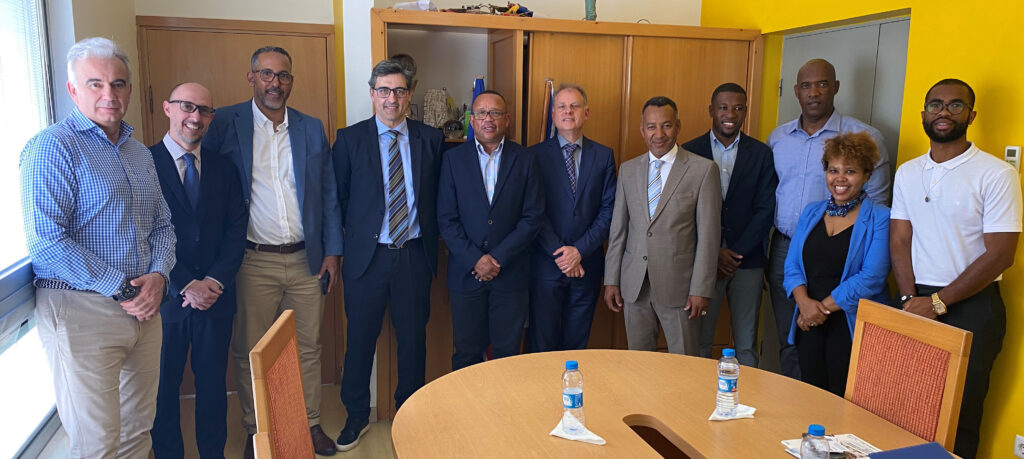Kawasaki Kisen Kaisha, Ltd. (“K” LINE) is pleased to announce that it has received a visit from 16 students from International Trading Institute, Lee Kong Chian School of Business, Singapore Management University (SMU).
Since its establishment in 2000, SMU has produced a large number of human resources to trading industry, including marine transportation, and offers Industry Study Mission, overseas company visit programme, for students specializing in maritime business or global trading. This year, Tokyo was selected as the place to visit, and “K” LINE has decided to cooperate on the programme since Singapore is an important business base for the company.
At the company visit on May 13, 2025, “K” LINE offered a two-hour programme, including a lecture on its business and environmental initiatives followd by a Q&A session, during which the students asked various questions actively. They seemed to be particularly interested in “K” LINE’s environmental initiatives.
“K” LINE will continue to promote understanding of the shipping industry by accepting company visits and cooperate in the development of the next generation.







